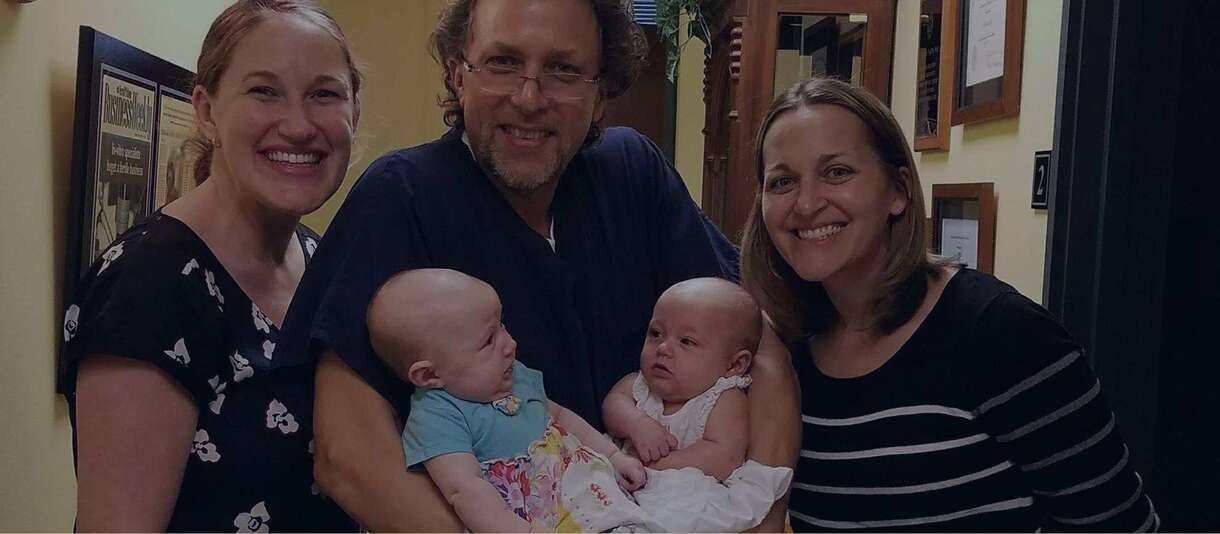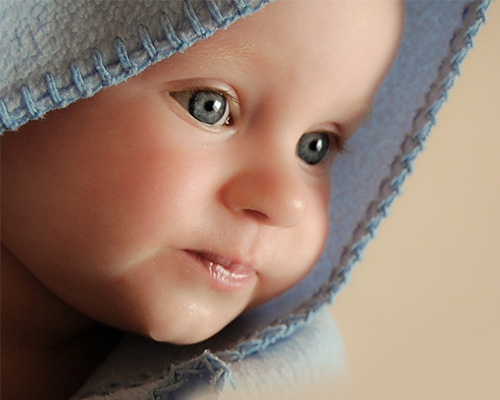“I Want Twins” …IVF Twins… IVF and Twin Complications
Attention all patients looking for IVF Doctor that will help them have twins
“We want IVF Twins” is not an uncommon request. Here are two recent email enquiries that prompted this commentary:
“My fiance’ and I would like to have two kids, but we would like to have them all at once. Is this something that you can facilitate at your facility? We’d like to know if this is a procedure you can assist with prior to us paying the $300.00 consultation. If so, please send me the necessary documents for us to complete so we can schedule a visit sooner rather than later. Possibly Friday, May 22, 2015 if you have available time slots.”
Another recent enquiry is as follows:
“Hi, my name is _____, I am 40 years old. I have __ daughters, I didn’t have any problems with any of my pregnancies. And me and my husband want twin boys. I want information on exactly how long and what I should do, and how much this Operation costs. Thank you.”
And my reply is:
Multiple pregnancies such as twins are the principal complication of assisted reproductive techniques such as IVF. Twin pregnancies have a much higher risk of complications. Most are due to the much higher risk of pre-term birth. Twins deliver pre-term 58% of the time and 56% of twins have low birth weight (CDC 2012). Twins have up to a 6 times higher risk or cerebral palsy and up to a 6 times risk of severe cardiovascular anomalies. Twins are 4 times more likely to die in pregnancy and 7 times more likely to die shortly after birth.
Over the 21 year span of my career, our specialty has strived to improve the success of our treatments. Unfortunately, this usually required the implantation of more than one embryo. The most common reason for failure of a fertility treatment is that the embryos are not genetically normal. The most common reason for the implantation of more than one embryo is lack of good information about the genetics of the embryos.
It is still common practice to transfer 2 embryos when patients are treated with standard IVF procedures. If that is done, then the risk of a twin pregnancy is 25-30%. The transfer of two instead of one embryo may increase the chance of a successful treatment from 35% to as high as 50% depending on the age of the patient. This all applies for embryo transfers based on IVF without genetic testing of the embryos. The transfer of 2 embryos that have been shown to be “genetically normal” by the embryo biopsy tests can result in a twin pregnancy in more than 80% of cases. This is an unacceptable high rate of a “complication.”
The newest technologies allow us to test the chromosomal makeup of the embryos on the 5th or 6th day of embryo lab culture. with this information we have been able to establish a preimplantation genetic screening single euploid embryo transfer program. A euploid embryo is one where the chromosomal makeup of the embryo is known to be 23 pairs of normal chromosomes.
This technology requires the use of a microscopic laser to remove 8-10 cells from the trophectoderm of the blastocyst. It is a leap in accuracy from the biopsies that we have been performing since 1999 at the six to eight cell stage (third day of embryo growth). Initial scientific evaluation of the newer technology of blastocyst biopsies in 2012 gave outstanding results with the transfer of single embryos resulting in pregnancy rates in the 60% range regardless of maternal age.
Right away we knew that this method of assessing embryos was good since we were able to transfer single embryos with confidence. The older technology had limitations as reflected by the fact that we were unable to maintain similar pregnancy rates despite transferring 2-3 embryos routinely during the past decade. With the newer technology, we have enjoyed pregnancy rates in excess of 70% since 2013 in our pre-implantation genetic screening program where more than 95% of the transfers are of a single euploid embryo. Results continue to be exceptional. In the first quarter of 2016 (at the time of this post) 21 of 23 patients have had a positive pregnancy test (91%) in our frozen thaw genetically tested embryo program (PGS) and 19 of the 23 have an ongoing pregnancy (82%). In one case a patient with a single embryo did not have a transfer as the embryo was not recovered after thaw. Remarkably, only one of the 23 patients received two embryos while all others received one.
Our Single Euploid Embryo Transfer Program began in 2013. in 2013 and 2014 the technology for assessing the chromosomes was microarray based that gave as much information as sequencing approximately 3% of the genome of the embryos. This was enough to tell us that there were 23 pairs of chromosomes.
Since January of 2015, the technology for assessing the chromosomes has improved to what is called “next generation sequencing.” The information obtained is considered to be about 3 times more and with higher resolution. Next generation sequencing is like reading about 10% of the genome of the embryo.
Current technology that sequences about 10% of the genome is sufficient because more testing would yield information of uncertain relevance at this time.
Summary response:
Multiple pregnancies are a known “complication of Assisted Reproductive Techniques.” IVF procedures where the embryos are not tested genetically may lead clinics and patients to accept the transfer of more than one embryo more often. These are accepted risks based on clinical guidelines. Transferring or implanting more than one healthy looking and “genetically normal” embryo is not advisable because it leads to an unacceptable high risk of resulting in a complicated pregnancy that endangers the babies. The complications and potential morbidities can be life changing and permanent.
Please refer to another good resourse for much more information on this subject: Human Fertilisation & Embriology Authority
Fertility Center and Applied Genetics of Florida
Sarasota and Bonita Springs, Florida
U.S.A.
www.geneticsandfertility.com



